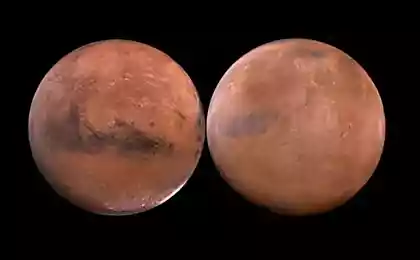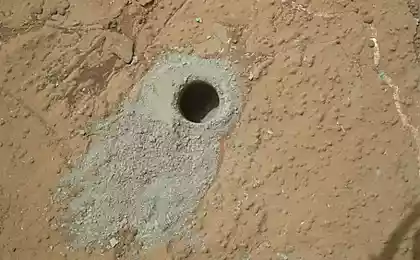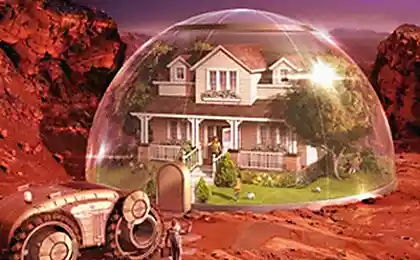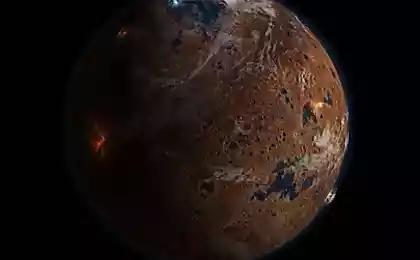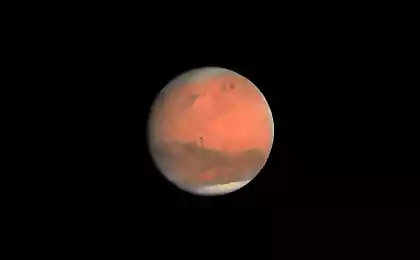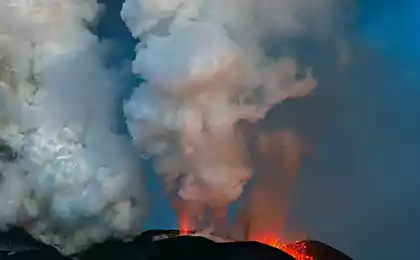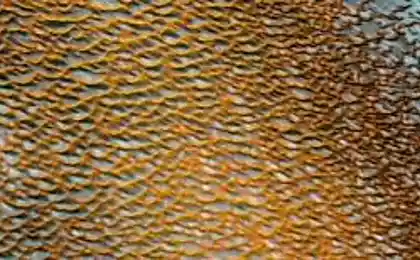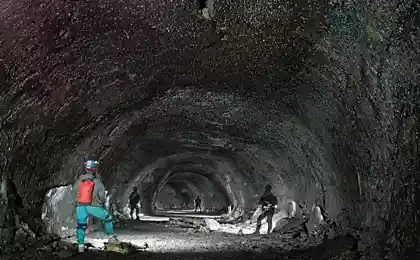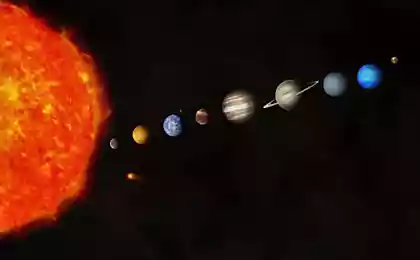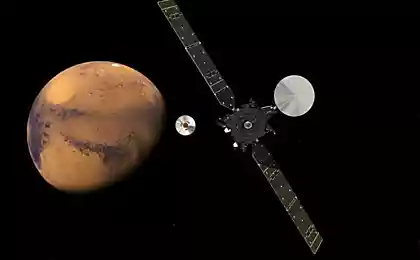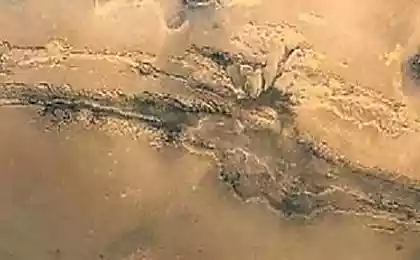1513
Ancient lava spirals on Mars can reveal the secrets of the Red Planet
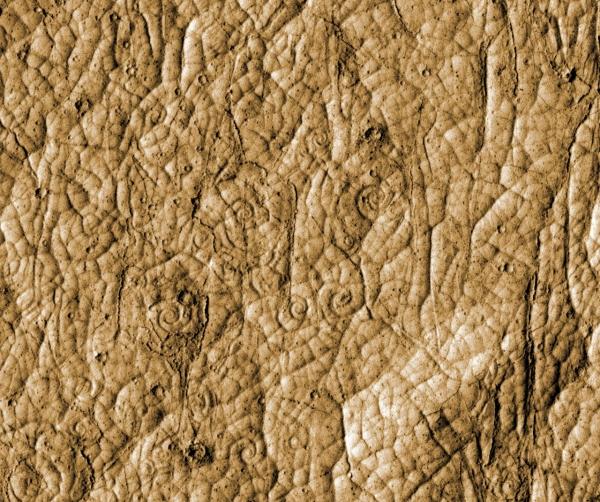
The origin of the Athabasca Valley region near the equator of Mars Valles discussed for over a decade. Some researchers have suggested that the lava once formed the valley, while others thought that it was responsible for the glacier.
Earth in the valley formed multifaceted polygonal suggests that any fire or ice may be guilty of forming such shapes - sample cracks may have formed due to seasonal fluctuations in temperature when the surface was rich in ice, but may take such forms and lava cooled and cracked.
Now, images with high resolution, sent back to Earth orbiters NASA- Mars Reconnaissance Orbiter of the Red Planet, showed 269 lava coils, the structure of which, researchers say, may not be related to the activity of ice.
"This - the first time that the spiral of lava have been identified on an extraterrestrial location" told SPACE.com study's lead author Andrew Ryan of the University of Arizona. "The most amazing thing about these features, when I first saw them, was how well they survived».
The dimensions of these coils are in the range of from 16 to 98 feet wide (5 to 30 feet).
"You can not see them unless you change the zoom to really detailed, and even then they are very thin - there is quite dusty, so all images are taken only a pale gray color, and spirals do not see until you raise the contrast . It is not surprising at all that they were missed before, "Ryan said.
These spiral curls reminiscent of lava on Earth, such as those which are formed on the surface of the Hawaiian lava flows. "They can only be explained by processes of the eruption of lava," said Ryan. "There are no known processes to twist ice around on such a scale».
Future modeling is to determine how these shaped coils may help determine the composition of the lavas, "they can tell you about the composition of the Martian crust and mantle, the things that we do not know anything," Ryan said.
Mars - is home to the largest known volcano in the solar system, Olympus Mons, which is located on the western hemisphere of Mars. 16 mile (25 km) in height, it is about three times higher than Mount Everest, the highest mountain on Earth.
Dark matter can collide with the atoms in our bodies more often than expected
Fascinating facts (20 photos)

